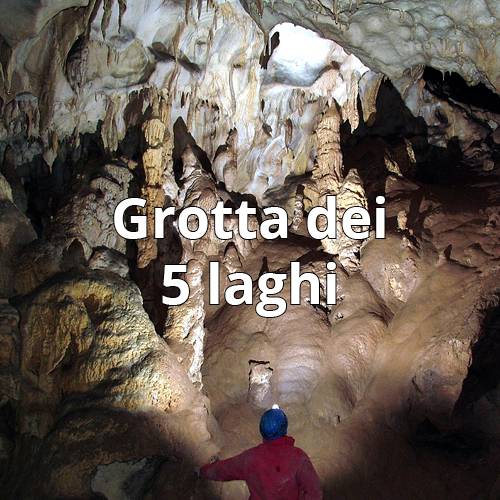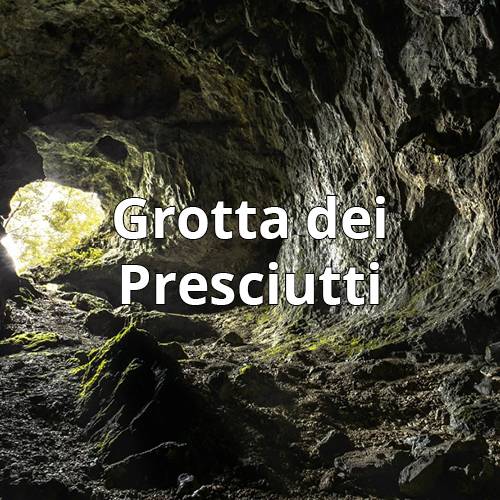
Caves
The geological formations of the Apennine mountain groups, beyond the different denomination they assume in relation to the physical differentiations, are all composed of limestone, which is, by definition, a sedimentary rock containing over 50% of calcium carbonate (CaCO3 ).
Rainwater, rendered weakly acidic by the presence of carbon dioxide, is capable of corroding limestone. This phenomenon takes the name of “karst" as it is very widespread in the Italian-Slovenian region of the Karst.
To forge these caves according to the intricate morphologies is both the corrosion of the limestone, speleogenesis, and phenomena inherent in geology such as plate tectonics with the tremendous pressure of compression caused by the interaction of the Eurasian plate with the African one.
In the tunnels and abyss, sometimes as vast as cathedrals, the circulation of rainwater continues the shaping action, forming canyons and new tunnels, but also creating stalactites and stalagmites and other concretions of extended and mammellon shape that sometimes end up closing and sealing forever vast underground cavities.
LEAVE ONLY THE FOOTPRINT OF YOUR SHOES. TAKE PHOTOGRAPHS ONLY.








